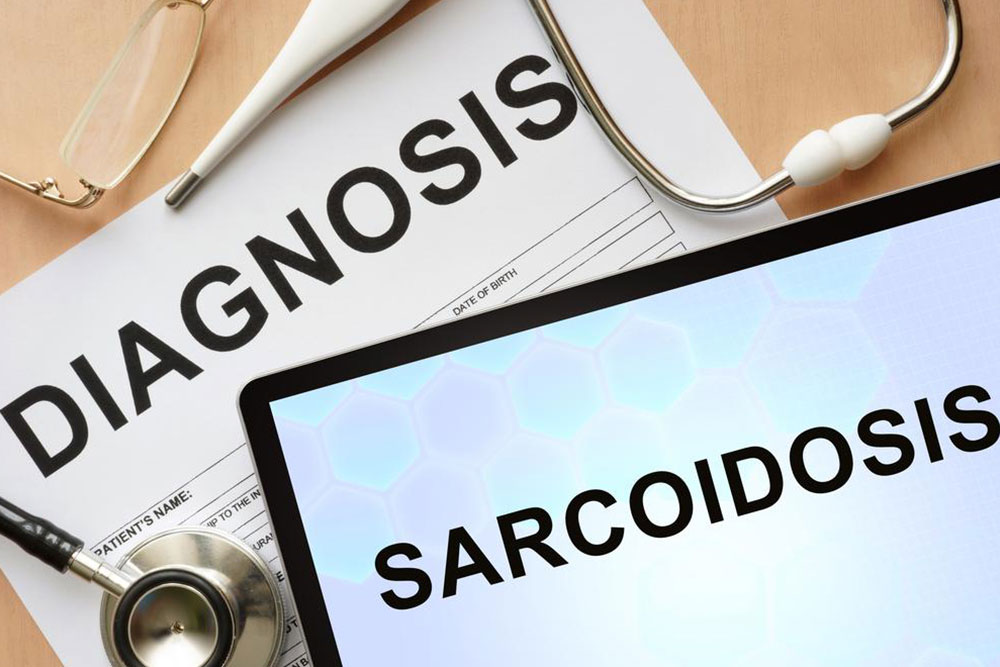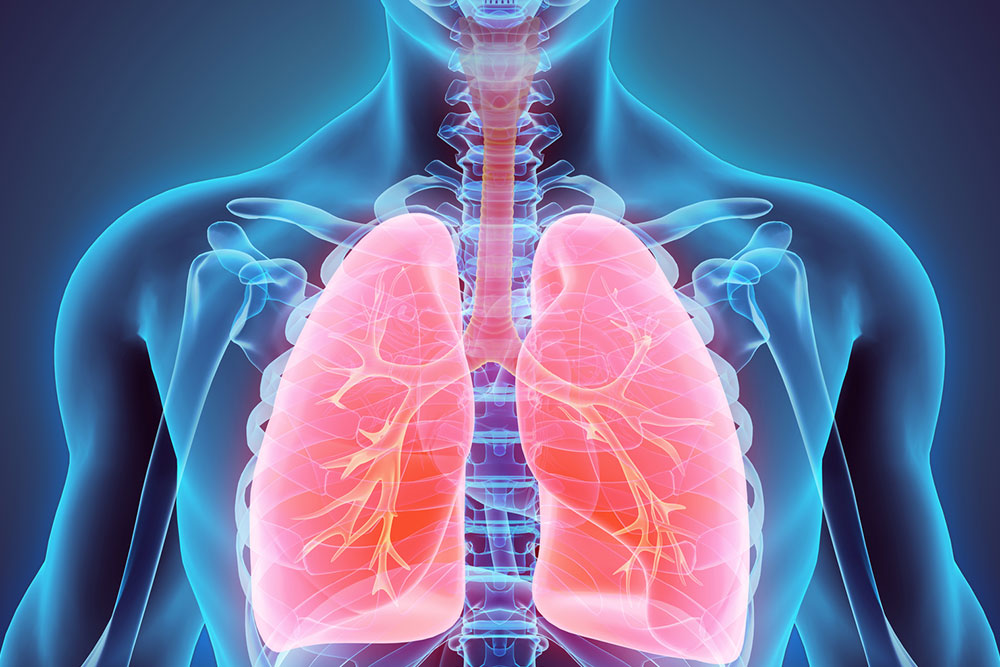Comprehensive Guide to Recognizing the Symptoms and Indicators of Sarcoidosis
This detailed guide provides vital insights into recognizing the symptoms and key indicators of sarcoidosis. It emphasizes the importance of early detection and highlights organ-specific signs such as lung, skin, eye, and heart involvement. Understanding these symptoms can lead to timely diagnosis and effective treatment, improving patient outcomes and preventing complications. Whether you are experiencing symptoms or caring for someone with sarcoidosis, this comprehensive overview offers valuable information to identify the disease early and seek appropriate medical care.

Sarcoidosis is a complex inflammatory disease characterized by the development of tiny clusters of immune cells called granulomas in multiple organs throughout the body. While it can affect any organ, the most commonly involved areas include the lungs, lymph nodes, eyes, skin, and, occasionally, the heart, kidneys, liver, and nervous system. Due to its diverse presentation, sarcoidosis can often be mistaken for other illnesses, making early detection and accurate diagnosis critical for effective management.
Understanding the key indicators and symptoms associated with sarcoidosis is essential for both individuals and healthcare professionals. Recognizing these signs early can lead to timely diagnosis, appropriate treatment plans, and improved outcomes. Since symptoms often overlap with other common illnesses such as respiratory infections, autoimmune diseases, or even allergies, having a comprehensive knowledge about its manifestations helps in differentiating sarcoidosis from other conditions.
Major Symptoms and Warning Signs of Sarcoidosis
The presentation of sarcoidosis can vary significantly based on the organs involved. However, some symptoms are quite common among most patients, serving as important warning signs that warrant further medical evaluation. These include:
Night Sweats: Persistent sweating during the night without apparent reason can be an early indicator of systemic inflammation caused by sarcoidosis.
Congestion and Respiratory Symptoms: Patients often report nasal congestion, chronic cough, wheezing, chest discomfort, and shortness of breath, particularly when the lungs are affected.
Fatigue: A pervasive sense of tiredness and exhaustion is frequently reported, often affecting daily activities and quality of life.
Fever: Low-grade or persistent fevers may occur, especially during active inflammation phases.
Swollen Lymph Nodes: Enlarged lymph nodes, particularly in the neck, chest, or underarms, are common in sarcoidosis.
Unexpected Weight Loss: Unintentional weight reduction often signals progressive inflammatory activity.
Organ-Specific Symptoms of Sarcoidosis
Beyond the general symptoms, organ-specific signs can provide clues to the diagnosis. It's crucial to pay attention to these manifestations, as they can sometimes be subtle or mistaken for other health conditions.
Lung Involvement
The lungs are the most common site affected by sarcoidosis. Typical symptoms include:
Dry Cough: Persistent and irritating cough without mucus production.
Wheezing: A whistling sound during breathing, indicating airway obstruction.
Chest Pain: Discomfort or aching in the chest area.
Breathlessness: Shortness of breath during exertion or even at rest in advanced cases.
Skin Manifestations
Cutaneous symptoms often serve as visible clues to sarcoidosis. These may involve:
Rashes: Erythematous or reddish patches appearing on the nose, cheeks, or ears.
Lumps and Lesions: Raised, firm bumps under the skin, sometimes resembling cysts or nodules.
Other Skin Changes: Discoloration, ulcerations, or granulomatous skin lesions.
Eye Symptoms
Involvement of the eyes can lead to several uncomfortable symptoms, including:
Redness: Conjunctival injection leading to red, inflamed eyes.
Blurred Vision: Reduced clarity or haziness in vision.
Light Sensitivity: Increased sensitivity to light, causing discomfort.
Eye Pain: Persistent discomfort or soreness, requiring prompt ophthalmologic attention.
Cardiac and Other Organ Symptoms
Although less common, cardiac sarcoidosis can be serious, presenting with:
Fluid Buildup: Congestive heart failure signs such as swelling in legs or abdomen.
Chest Pain: Often related to myocarditis or pericarditis.
Irregular Heartbeat: Palpitations, skipped beats, or arrhythmias.
Fainting: Syncope episodes may indicate conduction system involvement.
Other organs affected may produce additional symptoms:
Joint Pain: Arthralgia or swelling of joints.
Kidney Stones: Due to granulomatous inflammation affecting renal tissues.
Neurological Symptoms: Including headaches, facial paralysis, or peripheral nerve issues.
Importance of Early Detection and Diagnosis
Prompt diagnosis of sarcoidosis relies heavily on thorough clinical assessment, including medical history, physical examination, and diagnostic imaging such as chest X-rays or CT scans. Laboratory tests, biopsy procedures, and organ-specific evaluations may also be necessary to confirm the presence of granulomas and rule out other diseases.
Early detection significantly improves management strategies and can prevent potential complications like organ damage or failure. Regular follow-ups, monitoring, and tailored treatment plans are crucial for patients with sarcoidosis to manage symptoms effectively and maintain quality of life.
Treatment and Management Strategies
While there is no guaranteed cure for sarcoidosis, many patients respond well to corticosteroids and immunosuppressive therapies. The choice of treatment depends on the severity of symptoms and the organs involved. In some cases, spontaneous remission occurs without intervention. Lifestyle modifications, regular medical surveillance, and addressing specific organ-related issues form an integral part of comprehensive care.
Summary
Recognizing the key symptoms of sarcoidosis involves paying attention to general signs such as fatigue, fever, and swollen lymph nodes, as well as organ-specific indicators like cough, skin rashes, and eye redness. Early diagnosis is essential for effective treatment and better prognosis. If you experience persistent or unexplained symptoms that resemble those described, consult a healthcare professional promptly for comprehensive evaluation and management.





